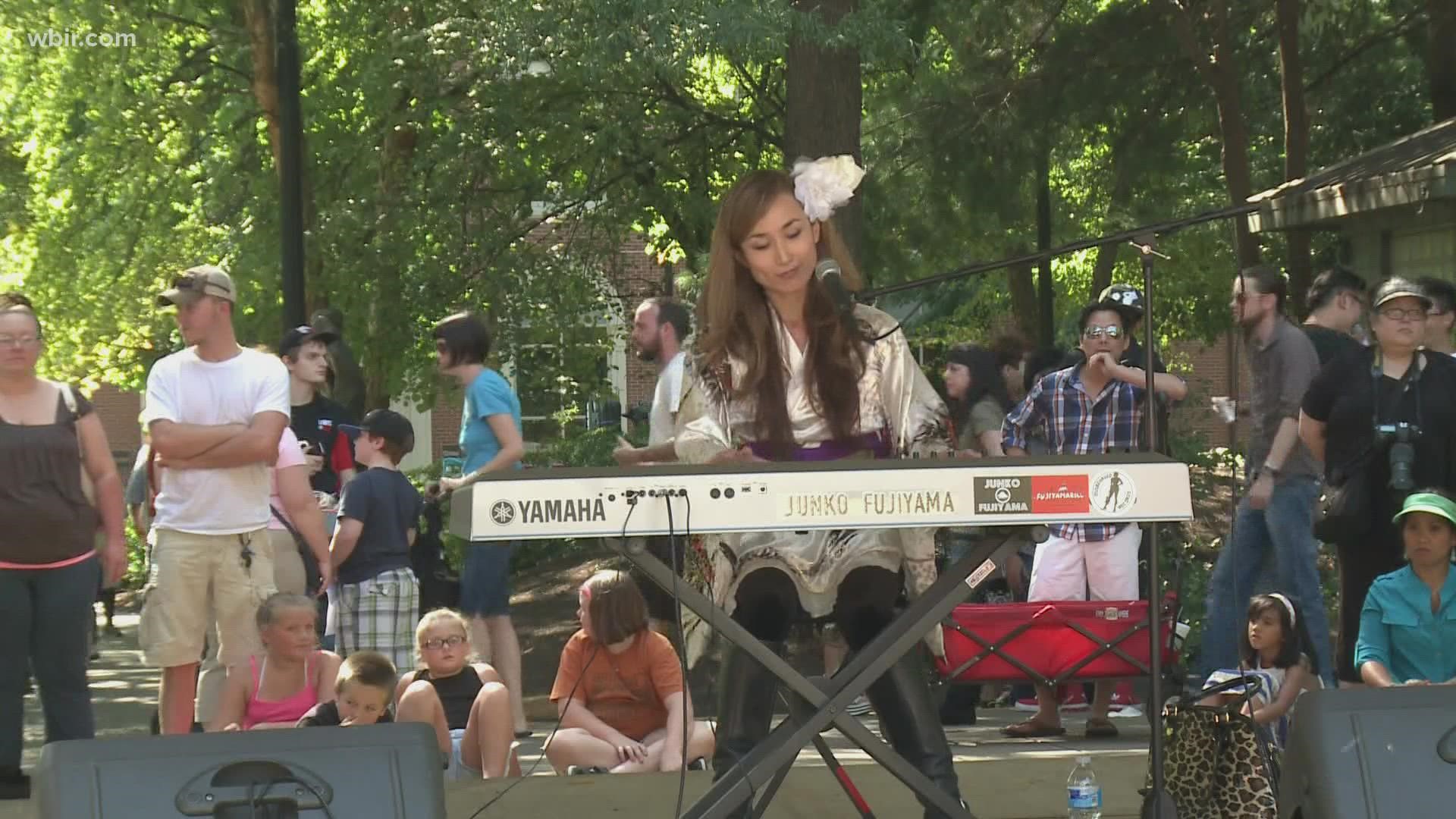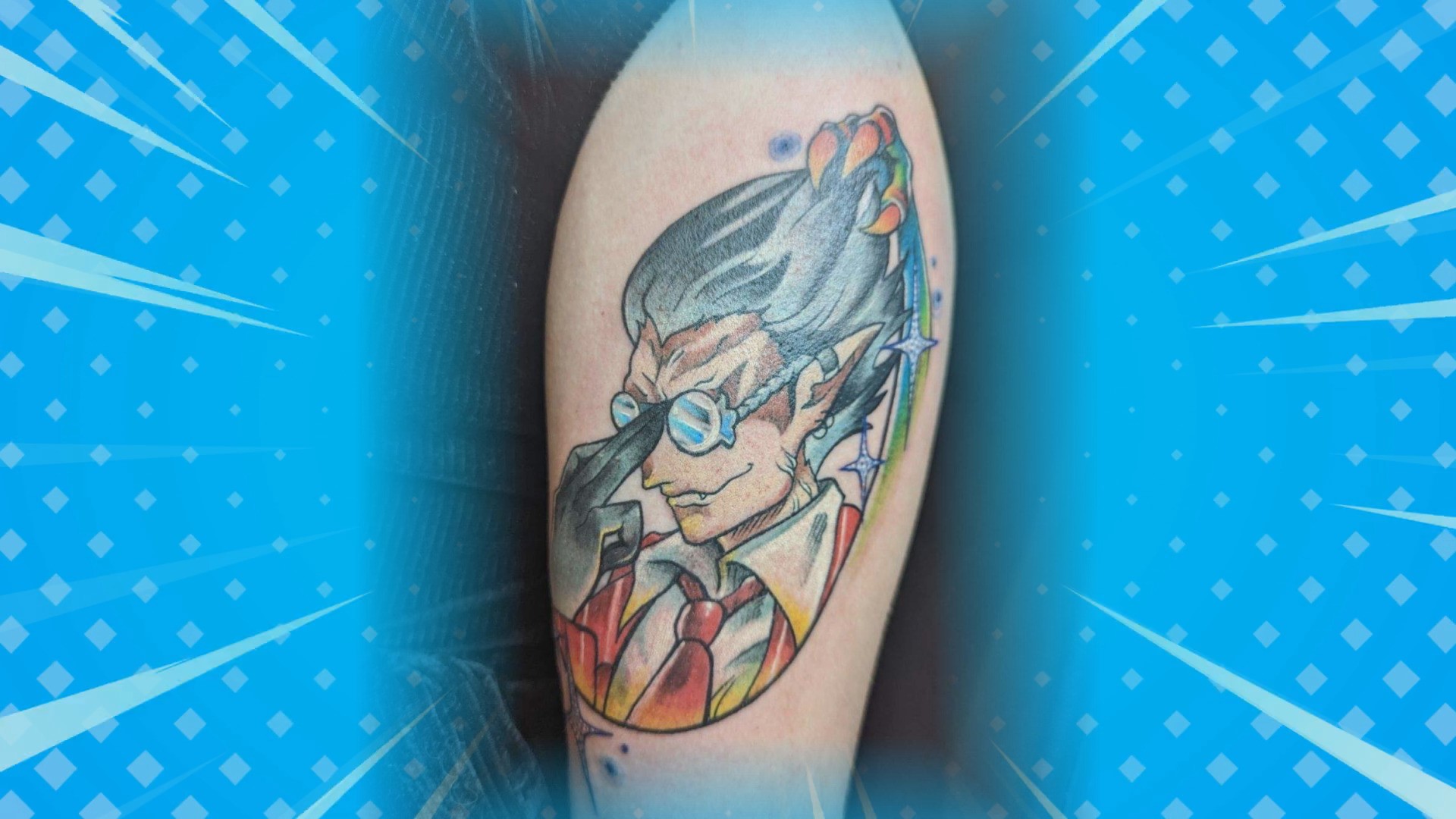Celebrating AAPI Month in East Tennessee: Part 2
East Tennessee has a rich AAPI history dating back to the 1800s.

In honor of Asian-American Pacific Islander Heritage Month, we are celebrating the Asian influences here in East Tennessee from the first Japanese high school in the U.S. to a symbol of peace between Hiroshima and Oak Ridge.
Tennessee Meiji Gakuin High School
In August 1988, the first fully accredited Japanese High School in North America was announced. It would be in Sweetwater on the land of the former Tennessee Military Institute which closed earlier in the year.
Tennessee Meiji Gakuin High School was an overseas extension of the Japanese Presbyterian institution Meiji Gakuin University and would house students from grades 10 to 12. The school would act as a bridge for Japanese students living in America to get a Japanese-style education to make the transition into college easier upon returning home.
TMG, as it was known, came with a hefty price tag of $2.5 million for the property alone and another $2.5 million for renovations. The school opened in May of the following year.
TMG’s opening ceremony concluded with a feast of sushi and southern barbecue. The inaugural class of 24 students arrived on campus the following week.
Students would be taking classes as if they were going to any other East Tennessee school. The only difference was the classes would be taught in Japanese, and there will be an emphasis on Japanese culture.
Tennessee Meiji Gakuin continued welcoming students until 2007 when the declining Japanese economy and lack of funding from Japan threatened to close the school for good.
In March of 2007, TMG held its final graduation ceremony.
Today, the TMG property sits abandoned and in disrepair, by the city. There have been attempts to purchase the land, but Tennessee Meiji Gakuin remains the last institution on this property overlooking Sweetwater.
Oak Ridge Peace Bell
Born of war.
Living through peace.
Growing through science.
That was the credo of Oak Ridge’s 50th birthday celebration, a celebration that birthed the International Friendship Bell. The bronze monument was cast in honor of the peace that was made between Oak Ridge and Japan after the second world war.
In 1987, Oak Ridge resident Shigeko Uppuluri and her husband, ORNL employee Ram Uppuluri, visited the Buddhist Gannyu-Ji temple in Tokaimura, Japan.
Upon seeing the temple’s Bonsho Bell, Ram felt inspired, and out of that inspiration came “Project Peace Bell.” Originally intended as a tourist attraction, Ram’s plans quickly turned into something much more.
“We plan to celebrate our 50th birthday by bringing from Japan an 8,000-pound bell that will be cast by one of the classical bell makers in Japan," said Ram Uppuluri Jr., Shigeko and Ram's son.
A replica of the bell was displayed at Oak Ridge Mall during the lead-up to the birthday celebration.
The bell was cast in 1993 in a ceremony in Japan. Tennessee dogwood trees and Japanese cherry blossoms were thrown into the mix as a symbolic gesture.
The completed bell would arrive in Oak Ridge in 1993 and would stay at a temporary location at Oak Ridge City Hall until its permanent home in Bissell Park could be built.
Unfortunately, Ram Uppuluri would not see the completion of his vision. He died of a kidney disorder in 1995.
$750,000 was raised to design, fabricate, deliver, and install the 7-foot tall, 8,000 bell. In May of 1996, after six years of planning, and its new home complete, the bell was finally ready to ring.
The friendship bell remained a staple in Oak Ridge until 2014 when rain damage rotted away the wooden beams that supported it.
Plans immediately began on a new structure for the bell and fundraising soon followed. $700,000 was raised.
It would be four years until the bell would ring again. This time the pavilion featured state-of-the-art engineering ensuring it would remain standing for years to come.
Today, the International Friendship Bell remains a symbol of peace between Oak Ridge and Japan.
Wes Lam: Tattoo Artist
“It's a very personal art form. I mean, we're putting on these designs that these people ask us to do on their skins you know, forever,” said tattoo artist Wes Lam.
Inspired by his love of tattoo art and his parents’ own tattoos, artist Lam specializes in the Japanese style of tattooing.
“It's been around for 1000s of years, all the way dating back to like feudal Japan and whatnot. And a lot of it was just based off of like, Yakuza style markings, you know, it's almost like a badge of honor. And a lot of the themes are really elegant. You know, the Japanese culture itself is really elegant,” Lam said
Although birthed half a world away from each other, both American and Japanese traditional tattoos aren’t so different from each other.
“You have a lot of primary values. And you have a lot of basic colors. It's mostly just simple designs, bold lines. Of course, the style that I have is a little bit more on the Neo-Japanese side. So, we're gonna have a lot of variants of line weights and colors,” Lam said.
Lam hopes that his style of tattooing will make his chair a destination for all those in our area seeking some unique ink.
“I would definitely say me as an artist, I'm just trying to bring like Japanese themes to East Tennessee. It's something that I don't see a whole lot of. And I definitely want to be the artist to give people the opportunity to get these tattoos that a lot of artists don't really do around here,” Lam said.
Knox Asian Fest
With a mission to bring people together and put political and religious differences aside, the first Knox Asian Festival took place in Krutch Park 10 years ago.
"In that first one was very small, we hoped that it would be successful and that everybody would participate.... At the time, we had 20 tents, and I believe about 3000 people that were participating. So we were actually very happy and thought, wow, this is very successful, that it was successful for us," said Leroy Kautz, a board member with Knoxville Asian Fest.
Organizers had no idea how much the festival would grow. The event then expanded to include Market Square. The event grew from 20 tents to more than a hundred. Then it was proposed to move the festival to World's Fair Park.
Today, the festival features traditional clothing, music and food from more than ten Asian countries. The city estimated more than 60,000 attendees last year and more than $3 million in revenue.
Knox Asian Fest Executive Director Kumi Alderman says the festival has grown because more people believe in its mission of creating a more diverse and welcoming community, especially when it comes to helping children grow to become global citizens.
"I think we are giving a lot for the younger generation to learn about our agent culture. And then I really liked the smiling face when I move around the festival. They're just like this. You know, they It's like learning experience with a fun," Alderman said.



